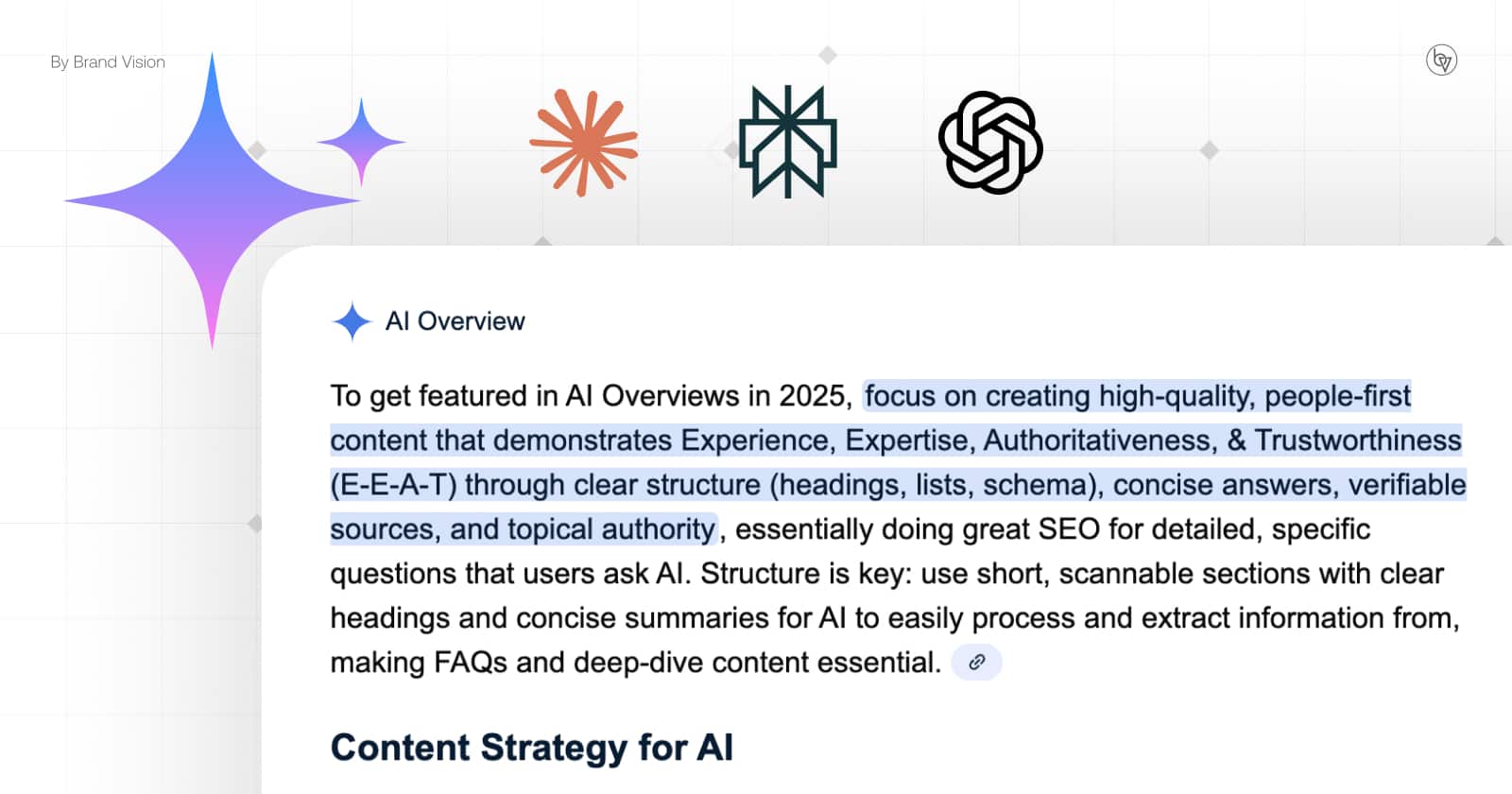Top 10 Essential Sports Marketing Strategies: Building A Sports Empire
Updated on
Published on

The best sports brands win long before game day. They pair data-driven fan insight with bold creative, smart partnerships, and frictionless commerce to turn moments into momentum. This guide compiles the top sports marketing strategies—practical plays you can deploy at any budget. Use them as your playbook for essential sports marketing strategies that build community, grow revenue, and protect brand equity across seasons.
At a glance
- Brand story & positioning
- First-party fan data (CRM)
- Short-form content flywheel
- Community & UGC programs
- Social SEO & discoverability
- Partnerships (brands/creators/athletes)
- Traveling IRL activations
- Frictionless tickets & merch
- Purpose & reputation
- Measurement that ties to revenue
1) Own your brand story and positioning
A clear mission and persona make you memorable beyond scores and standings. Define why you exist, who you serve (hard-core, casual, youth), and the promise fans can recite; then reflect it across visuals, voice, and experiences so every touchpoint reinforces identity. Deloitte notes that fans increasingly expect authentic, values-aligned storytelling from teams and sponsors, not just highlights—your narrative is now a strategic asset, not a “nice to have” (Deloitte Sports Industry Outlook).
- Publish a one-line promise, three proof points, and tone guidelines; retire creative that doesn’t fit.
- Build a “story deck” for partners so co-branded work stays on-message—one of the best sports marketing strategies for consistency.

2) Build a first-party fan ecosystem (CRM > cookies)
Tickets, app, email, and shop data should feed a single fan profile so you can tailor timing, price, and content by behavior and value. With third-party signals fading, first-party data becomes a durable edge across sports marketing strategies—enabling true personalization and privacy-safe measurement (Deloitte Sports Industry Outlook).
- Centralize profiles; trigger journeys for new fans, lapsed buyers, families, and VIPs.
- Track lifetime value by segment and invest where LTV, not clicks, grows—the essential sports marketing strategies lens.
3) Content flywheel: short-form, behind-the-scenes, live
Attention follows stories that feel close to the locker room. Mix short-form highlights, mic’d-up moments, training clips, and human slices; repurpose to Reels, TikTok, Shorts, and broadcast. Marketers rank short-form as the highest-ROI format, making it a cornerstone of the top sports marketing strategies for reach and relationship (HubSpot State of Marketing 2024).
- Script weekly beats: “Monday Mic’d-Up,” “Wednesday Work,” “Friday Feel-Good,” plus live Q&As on match weeks.
- Package hero clips with captions, thumbnails, and clear CTAs (subscribe, shop, tickets).

4) Community first: memberships, fan clubs, and UGC
Fans want belonging, not just broadcasts. Create membership tiers, local fan clubs, and UGC contests that elevate supporter voices. People trust people—88% trust recommendations from people they know and 66% trust online opinions—so structured UGC becomes earned media that compounds results for essential sports marketing strategies (Nielsen Trust in Advertising).
- Launch a “Fan of the Game” program with perks and social spotlights; show winners on stadium boards.
- Run monthly UGC themes (e.g., goal celebrations); repost winners across official channels.
5) Social SEO and discoverability
Fans search YouTube, TikTok, and Instagram for rosters, fixtures, and player stories. Use exact queries in titles, descriptions, and on-screen text; organize series/playlists so content is easy to binge. Younger audiences increasingly begin discovery on social video, which means your “search layer” now includes short-form platforms (TechCrunch on Google remarks).
- Create evergreen explainers (rules, chants, derby history) that rank between games.
- Standardize season-long hashtags and episode-style titles for bingeability—one of the best sports marketing strategies for sustained reach.

6) Partnerships that share audiences (brands, creators, athletes)
Win collaborations where both sides gain: creators bring culture; brands bring distribution; teams bring IP. Co-develop limited drops, challenges, docu-series, or watch-along Lives that feel native to each partner’s audience. As budgets shift, marketers are doubling down on measurable creator and content partnerships to drive efficient attention (HubSpot State of Marketing 2024).
- Map partner goals and define a shared KPI (sign-ups, views, sales) before kickoff.
- Ship a joint content calendar; cross-link every asset so both sides capture growth—top sports marketing strategies in practice.
7) Experiences that travel: pop-ups, watch parties, skills activations
Not every fan can attend games. Bring the stadium feeling to them with traveling pop-ups, watch parties, and mobile skills challenges that feed your digital flywheel. Deloitte highlights that hybrid, interactive experiences—physical + digital—are reshaping fan expectations and sponsorship value (Deloitte Sports Industry Outlook).
- Build a “road kit”: portable set, murals, merch, skills station, and creator meet-ups.
- Capture content on site and publish within 24 hours; retarget attendees with thank-you offers.

8) Commerce everywhere: frictionless tickets and merch
Clicks should equal conversions. Enable one-tap checkout in-app and social, drop-ship limited capsules after big wins, and bundle tickets with merch or experiences. Mobile speed matters: 53% of visits abandon if a page takes >3s—performance is revenue in sports marketing strategies (Think with Google).
- Make “game-day” offers shoppable in stories with UTM’d deep links; test post-win capsules.
- Tie every purchase to CRM and trigger replenishment or upsell flows—best sports marketing strategies for LTV.
9) Reputation and purpose: causes that match your DNA
Fans rally around meaning. Support causes aligned with your history and community—youth access, health, equality—and measure impact, not just impressions. Deloitte notes purpose-driven initiatives improve partner fit and long-term brand strength when they’re authentic and transparent (Deloitte Sports Industry Outlook).
- Publish an annual impact recap (stories + metrics) and make it easy for fans to join.
- Involve players and alumni as visible ambassadors; invite sponsors to co-fund community programs.

10) Measurement that matters: from vanity to value
Views and likes don’t pay the bills. Track the marketing metrics to follow that link to revenue—ticket yield, LTV, conversion by channel, CAC payback—and complement last-click with incrementality tests and path analysis. GA4’s conversion-path reporting helps identify assist channels; pair that with lift tests to prove true impact—essential sports marketing strategies for budget defense (Google Analytics 4—Conversion Paths).
- Build one dashboard (tickets, merch, memberships, partner revenue); annotate key moments.
- Run geo holdouts or “off weeks” to calculate incremental lift, not just attribution.
FAQ
Which sports marketing strategies work best on a small budget?
UGC programs, creator collabs, social SEO, and community watch parties—high trust and efficient reach.
How often should we post?
Daily short-form plus 2–3 longer story pieces weekly; short-form is the top-ROI format for marketers today.
How do we turn content into revenue?
Frictionless offers (in-app checkout), deep-linked stories, and CRM journeys tied to moments; measure conversion and LTV, not views alone.
What proves brand work is working?
Share of Search and non-brand demand rising, steady CTR, and pipeline or ticket revenue lift after major campaigns.
From Moments to Momentum
When you align story, community, distribution, and measurement, the essential sports marketing strategies become a flywheel: every play fuels content, every post recruits fans, every fan funds growth. Use these top sports marketing strategies—backed by data and built for speed—to turn passion into predictable revenue and keep your season alive all year long.







